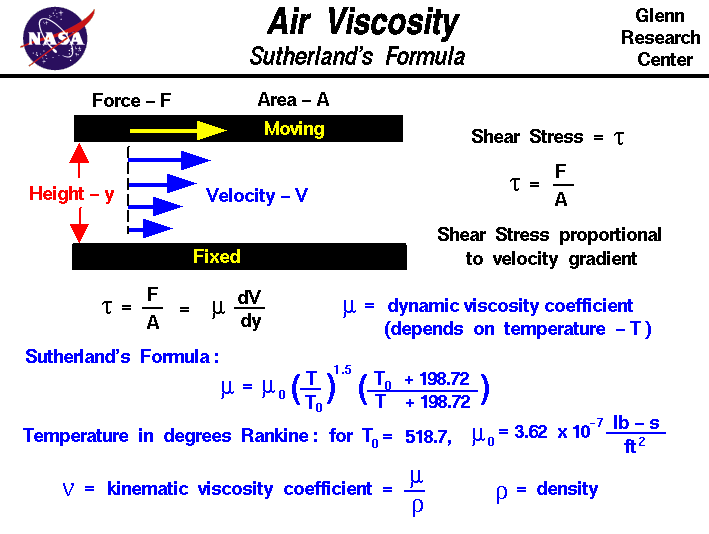

Most components have similar densities and don't influence the overall density in a substantial way. However, the air will cease to be dry air when water vapor appears.Īs a mixture of gases, air doesn't have a constant density this value depends largely on air composition. The remaining 1 % contains many different gases, among others, argon, carbon dioxide, neon or helium. Dry air mostly consists of nitrogen ( ~78 %) and oxygen ( ~21 %). The density of air is usually denoted by the Greek letter rho, or ρ, and it measures the mass of air per unit volume (e.g. You might also want to check out our speed of sound calculator which is a tool that helps you calculate the speed of sound in dry air and water at any temperature. In the following text, you will find out what is the air density at sea level and the standard air density. Therefore, air pressure decreases with increasing altitude. It is easy to imagine that the higher you stand, the less air is above you and the pressure is lower (check out our definition of pressure!). The air pressure can be related to the weight of the air over a given location. It mainly changes with temperature, relative humidity, pressure and hence with altitude (take a look on the air density table below). The density of air depends on many factors and can vary in different places. Continue reading to get a better understanding of the relationship between the local weather and ρ, and learn what air density levels you can expect in various regions. This value is vital for many further calculations, such as determining the aerodynamic drag forces or the performance of wind turbines. Use this air density calculator to instantly find how tightly packed an object's molecules are, allowing you to estimate ρ (air density) basing on the local temperature and pressure conditions.


 0 kommentar(er)
0 kommentar(er)
